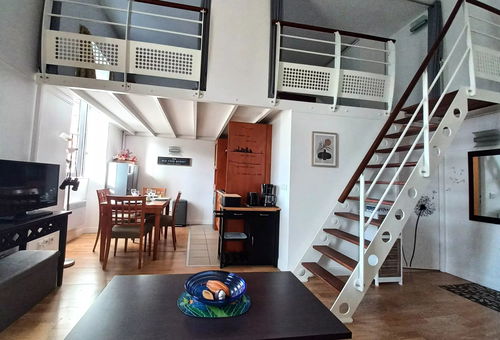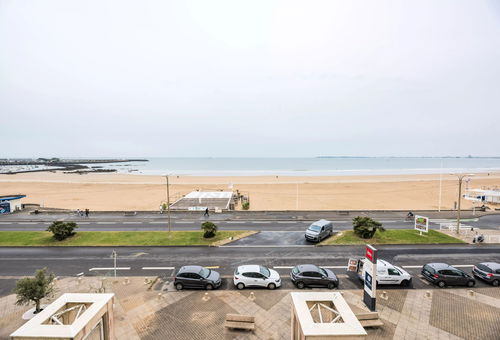The history of La Baule
The history of La Baule starts in Escoublac. Some scholars have pronounced with certainty that the naval confrontation alleging the Venetians to the Romans in the year 54 BC. J.-C. will occur in place of the current salt marshes of Guérande.
However, this statement seems futile, as evidenced by the research of the basement of the bay of La Baule and the marshes of Guérande. As a matter of fact, during this period, the tombolos of Poulinguen and Penbron were organized, and the lagoon was more than a few words in the literature, as it was reported by Caesar in the Gallic Wars, especially at low tide, the foreshore was very exposed.
The dunes flowed later during Antiquity. The latter filled the old coastal marshes, extending from west to east, touching the old village of Escoublac at the end of the 18th century. Throughout this period, this village has endured a phenomenon of advanced its fall and the formation of a recent city on the Guérande road.
In the 1880s, the name Jules Joseph Hennecart appropriated 40 ha of dunes to the famous Dunes d'Escoublac Society. He delegates his project to a Nantes architect, Georges Lafont. This one forms a sandy road which gives itself the name of Avenue of the Station, which today became the Avenue of General de Gaulle.
The latter also builds a chapel famous since 1981 as St. Anne's Chapel. Georges Lafont will eventually build 250 residences and contribute to the development of La Baule. Other subdivisions were added in the 80's to 90's by the example of Benedict Brothers at Benedict Beach, which was initially recognized as an expansion of Pouliguen.
In 1920, the famous Louis Lajarrige knows a huge success with his subdivision of the Bois d'Amour in La Baule-les-Pins. It agrees with the Company of Orleans to transpose the railway now established along the beach, which makes access difficult to sea bathing.
On July 17, 1927, the new stations of La Baule were baptized at the old station which, at the moment, is under the care of the Place des Victoires. However, you can still see the old station, visible near the bandstand. In the years 1986, La Baule takes part in the electrification of the railway until the Croisic.



